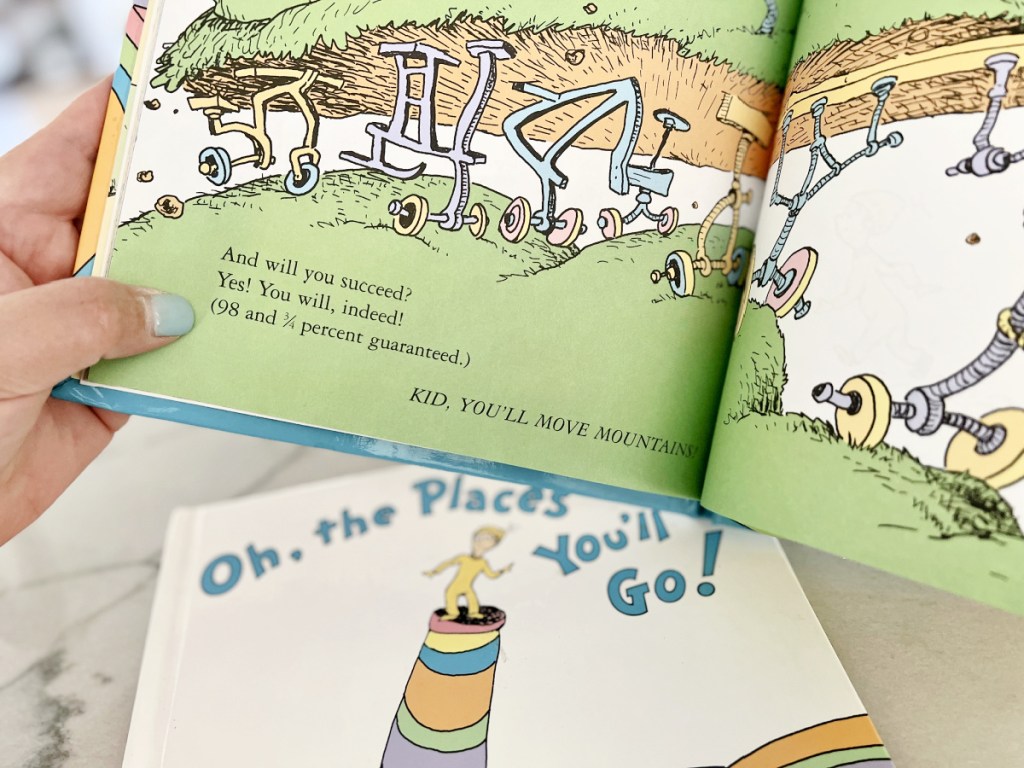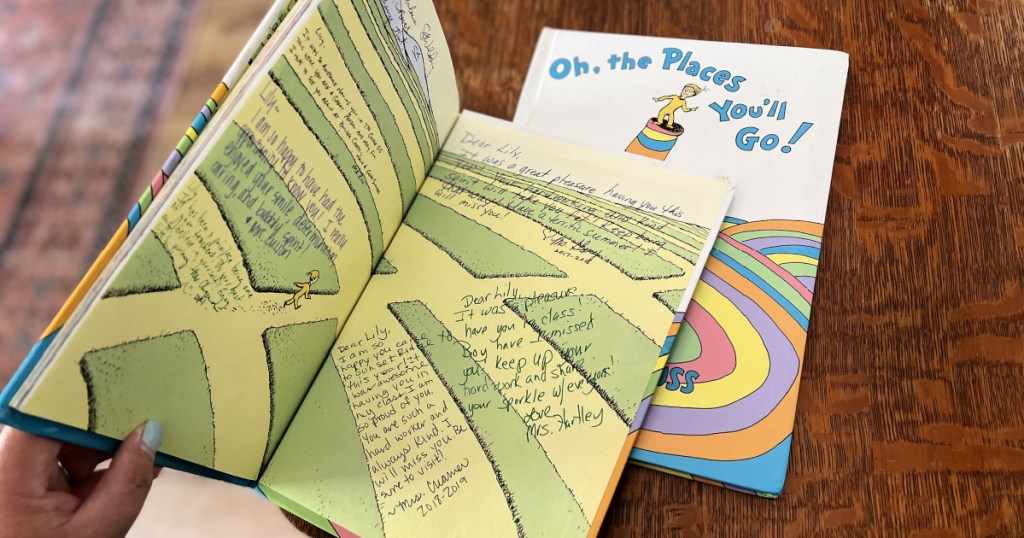I haven’t done a “what I’m reading” post in a while, in part because I’m reading so little (sad face). But I thought I’d do a short rundown of recent suspense books I’ve read (spoiler: not a hugely successful lot):
 Last Night by Luanne Rice
Last Night by Luanne Rice
If I recall correctly, I read one book by Rice years ago. It was women’s fiction and featured, I think, an abused wife. I will be blunt and say I thought it was boring and hadn’t tried the author since. But this book came across my radar, and the fact that Rice has delved into suspense, plus the setting, intrigued me. Specifically, the story is set in an iconic hotel in Rhode Island in the midst of a fierce blizzard.
Maddie Morrison resides at the hotel with her young daughter CeCe; Maddie is a famous artist in the middle of a divorce from a European movie star. As the blizzard approaches, Maddie is preparing for the arrival of her sister Hadley. For unclear reasons she treks outside the hotel with CeCe, assuring the staff that she’ll be back soon and that she and CeCe will be fine. But that’s not the case – Maddie is shot dead by an unknown assailant, and CeCe is kidnapped. Hadley arrives in the midst of this chaos.
Also on the scene are a couple of characters who were introduced in a previous book – a detective named Conor Reid and his girlfriend Kate. Kate’s sister was also murdered, apparently, in this previous book, which felt like a weird coincidence. Anyway, because of Kate’s history and Conor’s profession, they quickly become entangled in the investigation.
There are various suspects – the soon to be ex-husband and a previous ex-husband among them. But I suspect Rice is just not the author for me (which is fine; she’s obviously very successful!). I found Last Night as dull as the previous book of hers I read all those years ago. The characters, save one, a teenaged criminal, did not move me at all. The resolution to the mystery was….okay, I guess? I didn’t really figure it out ahead of time but I guess it made sense? I don’t know. My grade for this is a C/C-.
AmazonBNKoboAREGoogle Play Store
 Good Half Gone by Tarryn Fisher
Good Half Gone by Tarryn Fisher
This one was weird. It was one of those books with a messy plot; those types of books confuse me because I’m never sure if the chaos is gritty realism or just bad plotting. Anyway, our narrator is Iris Walsh, and she’s had a hard life – absent father, drug addicted and thoroughly selfish mother, and at 15, a rocky relationship with her twin sister Piper. Piper is stereotypically the pretty, popular twin, in contrast to bookish Iris. They live with their grandmother, who is not conventionally grandmotherish, but who does take good care of the twins and loves them very much.
Things get exponentially worse when Piper is kidnapped in front of Iris from a movie theater. It takes the police a while to even believe Iris’s account of what happened, and by the time they make any sort of effort to get out the word about a missing teenager from the wrong side of the tracks, Piper is long gone.
About a decade later (the timeline was…challenging at times, and I stopped trying to make sense of things based on the information that I had), Iris is living with her son and her grandmother, and plotting to get a job at an asylum on an island off Seattle. Iris thinks she’ll discover some truth about who took her sister and why, but the details take a long time to come out, and when they do they don’t bear close scrutiny.
Anyway, Iris gets involved with her boss, the charismatic director of the institution, and tries to get closer to the truth. All this while she ignores the weirdness around her – a worker goes missing; various other workers seem to be suffering from substance issues or just plain falling apart. The dénouement was batshit even by my fairly expansive batshit monitor. And that was before I read a Goodreads review that pointed out a gaping and obvious plot hole that I’d missed which made the ending even more insane and ridiculous.
I’ll give Good Half Gone a bit of leeway for being relatively entertaining for most of the story. Still, I’m giving this a C-.
AmazonBNKoboAREGoogle Play Store
 The Silence in Her Eyes by Armando Lucas Correa
The Silence in Her Eyes by Armando Lucas Correa
I heard about this book somewhere and was intrigued by the premise – the narrator, Leah, has suffered from akinetopsia, aka motion blindness, since she was eight. As close as I can understand it, akinetopsia is a visual disorder in which the subject has trouble perceiving motion, which, as it turns out, makes it hard to see accurately. I struggled to really understand what Leah saw; it seems like maybe a combination of seeing things and people as static images, and seeing them in movement as blurs.
Leah’s mother has recently died (her father died when she was a child, around the time her akinetopsia started, though the connection doesn’t become clear until late in the book). Leah lives a very proscribed life in a New York city highrise, and has for a long time; her mother’s loss makes her circle smaller. A new neighbor, Alice, moves in next door, and Leah is instantly intrigued. (One unsettling fact about Leah is that she tends to get laser-focused on people and let her imagination run a bit wild about them.)
Leah’s other senses are honed to almost superhuman levels by her disability (this felt like a bit of a cliche, but whatever). She has both acute hearing and a very strong sense of smell. She begins to suspect that Alice is in trouble – something about her ex-husband, who Leah deduces carries the smell of sandalwood when he visits. Eventually, Leah and Alice become friends, though Alice is erratic and secretive. Leah has her own problems – she is awakened at night by an intruder who smells of sandalwood, though nothing comes of it and she does not report the break-in to the police. Leah has a pervading fear of being taken away; there is a past incident of instability that is kept vague and Leah is compelled to visit a doctor regularly.
Things go sideways in a less-than-shocking way, and from there the story is weirdly split between being predictable and being surprising. On the predictable track: not everything having to do with Alice and the less-than-shocking event is as it appears. On the surprising track: Leah ends up developing some interesting relationships in the wake of the event, and then…(I feel like I need a batshit ending alert, like a red flashing light or something?) comes the ending. To be fair, there were signs that I should have picked up on. Let’s just say there are a LOT of deaths in this book, and I didn’t question them as they occurred, but I should have.
It’s definitely an ending that upends everything I thought I knew. That’s not a bad thing, I guess, but it left me unsettled (which also isn’t categorically a bad thing but I don’t like it much). I’m not sure how to grade The Silence in Her Eyes – I thought it was decently written and it held my attention, though the plot was pretty slow early on. I might grade it a little higher but I think my negative feelings about the ending make it a B-.
AmazonBNKoboAREGoogle Play Store
 The Alone Time by Elle Marr
The Alone Time by Elle Marr
I felt like this one had potential: dual timelines (which I generally like) follow two sisters, Fiona and Violet Seng. In the earlier timeline, set 25 years ago, the girls and their parents Janet and Henry are flying a small private plane from their home in San Diego to British Columbia. Henry has recently gotten his pilot’s license and borrowed the plane from a friend; the trip is somewhat impromptu and intended to ease tension in the parents’ marriage.
The plane malfunctions and crashes in the Washington wilderness, and Fiona and Violet aren’t rescued for 12 weeks. Henry and Janet do not survive; the specifics of what happens to them – and when – are doled out throughout the book.
In the present day, Fiona sculpts using found natural materials; it’s her way of dealing with the trauma of her past. She has a big show upcoming and is garnering increasing interest as an artist. Fiona is estranged from Violet, who is one year sober after more than a decade of drug abuse and antisocial behavior (she stole from both Fiona and the aunt who raised them after their parents died, for one thing). Violet is making another of many attempts at community college; she hopes to earn a living as a writer some day.
The Seng sisters lives are disrupted when a woman named Geri Vega comes forward, alleging that she was having an affair with Henry Seng at the time of his death, and intimating that she knows secrets that Fiona and Violet would prefer to keep hidden. Still, for reasons, the sisters decide to cooperate with a documentary film producer doing a story on the tragedy.
There were a lot of aspects of The Alone Time that just weren’t credible even on the surface. The idea that the world would still be intently interested in a sensational case from 25 years before was not realistic. No one would care that Henry Seng had a mistress all those years ago – stories like this move through the public consciousness fast. Further, the sisters fear that the police will reopen an investigation into the case, but whatever they did all those years before, it would seem impossible that the cops would be as suspicious as they appear to be of two women who were 13 and 7 at the time of the crash.
The latter half of the story is taken up with nonsense with the mistress and the documentarian, and dire implications that either Fiona or Violet is a psycho. I didn’t find this hugely compelling, particularly given that Violet, at least, was a little tot at the time and it just seems absurd that she was running around in the wilderness committing vile crimes.
The denouement is silly, with a return to the scene of the crime and various characters acting in ways that make no sense. I stopped caring what happened and who was responsible. I gave this a C.
AmazonBNKoboAREGoogle Play Store









 Last Night by Luanne Rice
Last Night by Luanne Rice Good Half Gone by Tarryn Fisher
Good Half Gone by Tarryn Fisher The Silence in Her Eyes by Armando Lucas Correa
The Silence in Her Eyes by Armando Lucas Correa The Alone Time by Elle Marr
The Alone Time by Elle Marr

























